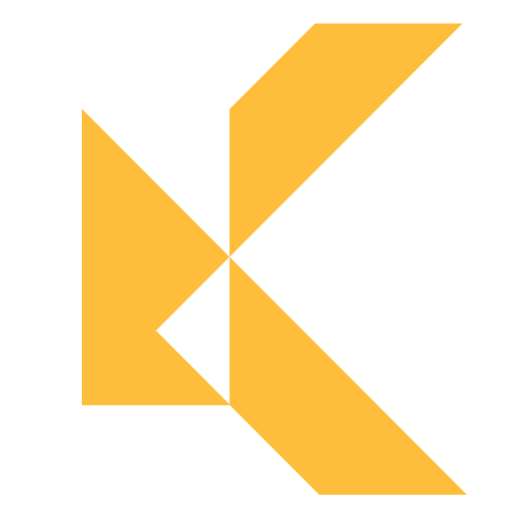In commercial real estate, the phrase “CAM charges” appears in nearly every lease. Yet few business leaders have the time—or patience—to decipher what’s actually included.
Understanding how Common Area Maintenance (CAM) charges work can make a meaningful difference in managing total occupancy costs and avoiding unexpected surprises over the life of a lease.
What Are CAM Charges?
CAM charges represent a tenant’s share of the costs associated with maintaining and operating common areas of a property. These typically include expenses such as landscaping, janitorial services, lighting, security, and property management fees.
Because CAM costs are shared among all tenants, they’re usually calculated on a pro rata basis based on the amount of space each tenant occupies.
Types of CAM Charges
Commercial leases generally categorize CAM costs as:
- Controllable CAM: Expenses that landlords can influence, such as maintenance contracts or administrative fees.
- Uncontrollable CAM: Costs outside of the landlord’s control, including utilities, taxes, and insurance.
Some leases also distinguish between fixed CAM (a set monthly rate) and variable CAM (adjusted annually based on actual costs).
Why CAM Charges Matter
CAM charges can significantly affect a company’s total occupancy cost. Over time, small annual increases can accumulate into substantial expenses. Reviewing how these costs are defined, capped, and reconciled each year provides clarity and helps ensure transparency between landlord and tenant.
Key Terms to Review
When reviewing a lease, understanding the CAM section in detail can help clarify total occupancy costs. Common terms include:
- Expense Caps: Limits placed on how much controllable operating expenses can increase each year.
- Exclusions: Specific costs that should not be passed through to tenants, such as capital improvements, leasing commissions, or structural repairs.
- Audit Rights: The tenant’s ability to review annual CAM reconciliations to confirm accuracy.
- Reconciliation Statement: The annual summary showing actual operating expenses compared to what was billed during the year.
- Base Year / Expense Stop: The reference year used to determine future increases in CAM costs; the tenant typically pays only for increases beyond this base year.
- Gross-Up Provision: A mechanism allowing landlords to adjust expenses to a standard occupancy level (often 95%) to ensure consistent cost-sharing when a building isn’t fully leased.
- Administrative Fees / Management Fees: Costs for property management services, typically expressed as a percentage of total CAM expenses.
- Capital Expenditure Pass-Throughs: Rules governing whether and how landlords can recover the cost of capital improvements through CAM.
- Controllable vs. Uncontrollable Expenses: A distinction between costs a landlord can influence (like cleaning contracts) and those they can’t (like property taxes or insurance).
The Bottom Line
CAM charges may seem like a small line item, but they represent real dollars. Understanding what’s included, how it’s calculated, and how increases are managed helps business leaders better evaluate the full financial picture of any lease.
Disclaimer
This article is for informational purposes only. It does not provide legal, financial, or investment advice.
Written by the Keyser Editorial Team





